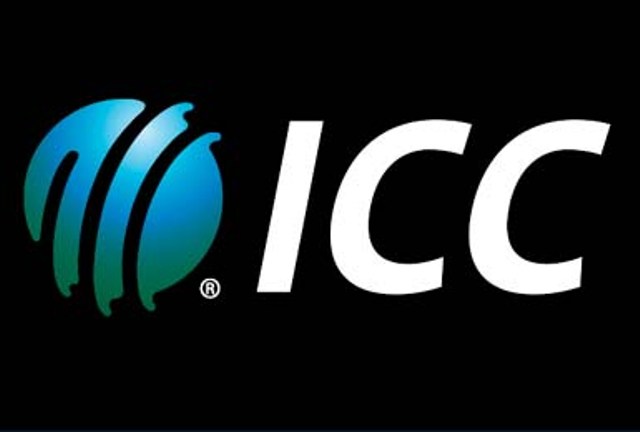
The ICC as it stands today can be traced back to June 15, 1909 when the all important meeting of the representatives of the then three giants of cricket namely Australia, South Africa and England took place at Lord’s. The meeting was presided over by the President of MCC, the Earl of Chesterfield and the committee was officially called the Imperial Cricket Conference. In the second meeting of the Conference, rules to play Tests were agreed upon. Later in 1926, West Indies, India and New Zealand were also invited to attend the Conference. Subsequently, these three nations were also named as Test playing nations taking the total to six. In 1953, Pakistan too became a Test playing nation. However, in 1961, South Africa was excluded from the Test playing nations due to the practice of apartheid followed by them.
In 1965, the Conference decided to include several non-Test playing nations and termed them as Associate members. This proposal was put forward by Pakistan. This was when the Imperial Cricket Conference was renamed International Cricket Conference. The rules of ICC were reframed in 1969.
In 1973, a draft to hold a World Cup in England in 1975 gained approval.
In 1981, Sri Lanka was invited to join the Conference and admitted as a full member.
In 1982, for the first time the proposal for an International panel of Umpires for Tests was put forward.
The year 1984 saw the admission of a third category called the Affiliates into the International Cricket Conference.
The year 1989 saw another name change of the International Cricket Conference. It came to be known as the International Cricket Council.
In January 1991, the first ICC meet away from England took place in Melbourne. Later that year South Africa was re-admitted into the ICC.
The year 1992 saw the inclusion of Zimbabwe as a Test playing nation.
In 1995, technology was in its full bloom and TV replays were used by the umpires whenever and wherever it was possible.
In 1997, the method of Duckworth-Lewis was first implemented to decide targets in rain-affected matches. After the ICC became an incorporated body with a President, a representative from a member country was chosen to serve the post for a period of three years. This job landed into the lap of Mr. Jagmohan Dalmiya. An executive Board comprising of one member each from all the Test playing nations and three members from the Associates was formed and reporting to them were committees spanning over cricket, development, finance and marketing.
In August 2005, the ICC shifted its base to Dubai. Since then it had conducted all its operations from London. Apart from ruling the game it also deals with matters such as match-fixing, doping, cricket schedules, player conduct, etc. It strives to achieve its true mission of promoting the game of cricket as a global sport.
 The ICC as it stands today can be traced back to June 15, 1909 when the all important meeting of the representatives of the then three giants of cricket namely Australia, South Africa and England took place at Lord’s. The meeting was presided over by the President of MCC, the Earl of Chesterfield and the committee was officially called the Imperial Cricket Conference. In the second meeting of the Conference, rules to play Tests were agreed upon. Later in 1926, West Indies, India and New Zealand were also invited to attend the Conference. Subsequently, these three nations were also named as Test playing nations taking the total to six. In 1953, Pakistan too became a Test playing nation. However, in 1961, South Africa was excluded from the Test playing nations due to the practice of apartheid followed by them.
The ICC as it stands today can be traced back to June 15, 1909 when the all important meeting of the representatives of the then three giants of cricket namely Australia, South Africa and England took place at Lord’s. The meeting was presided over by the President of MCC, the Earl of Chesterfield and the committee was officially called the Imperial Cricket Conference. In the second meeting of the Conference, rules to play Tests were agreed upon. Later in 1926, West Indies, India and New Zealand were also invited to attend the Conference. Subsequently, these three nations were also named as Test playing nations taking the total to six. In 1953, Pakistan too became a Test playing nation. However, in 1961, South Africa was excluded from the Test playing nations due to the practice of apartheid followed by them.
No comments:
Post a Comment